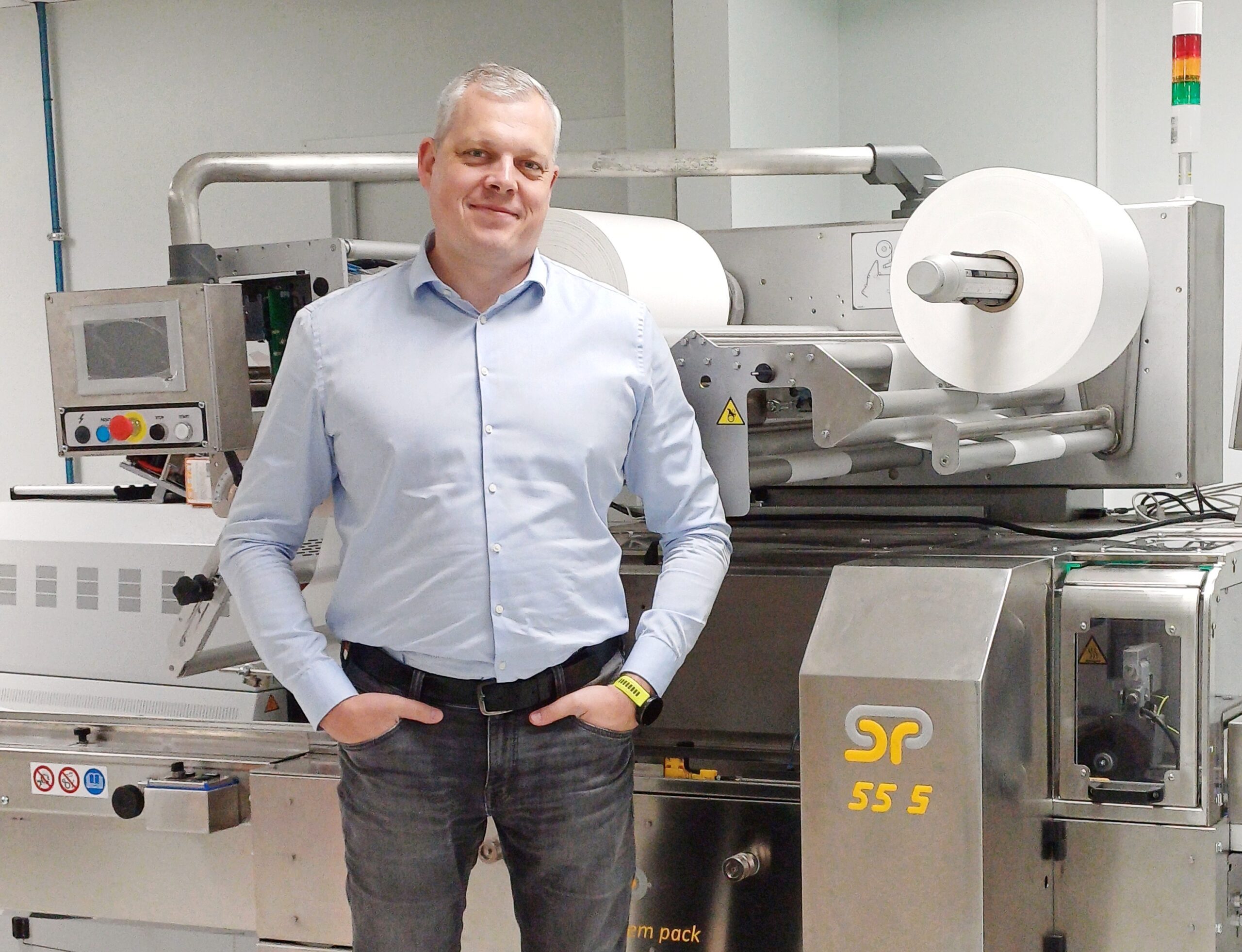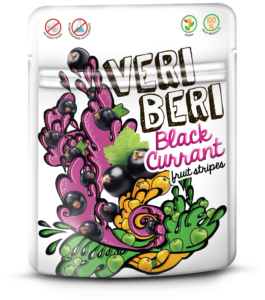Sustainable, but no Less Functional? PakMarkas Has Innovative Packaging Solutions

In pursuit of sustainability, manufacturers usually choose environmentally friendly packaging for their products, and the tax policies of the European Union and Lithuania also unambiguously support such a direction. It is true that not everyone was able to find suitable alternatives to non-recyclable packaging – the functional characteristics of sustainable packaging were not satisfactory. PakMarkas, one of the leading packaging labelling companies continuously improving the technology of homogeneous packaging, says that there are already many more solutions today.
The European Union, as well as the national law, sets clear requirements for packaging manufacturers and importers, encouraging them to supply only recyclable packaging to the market.
From 2025, the use of packaging waste to produce energy (incineration) will no longer be considered as complying with the task of managing packaging waste. This means that companies using such packaging will no longer be able to benefit from tax relief. In turn, the fee for single-use recyclable packaging will decrease from 2025. This is likely to further accelerate the wider use of homogenous recyclable packaging, declining multi-material packaging.
“Combination packaging is usually non-recyclable because it is made up, for example, of several different types of plastic that cannot be separated. Such packaging is only suitable for incineration or disposal in a landfill. Packaging suitable for recycling is made of one type of material – plastic, paper or glass. Following the news of the packaging market and in order to meet the most relevant requirements for packaging, we are continuously developing solutions for homogeneous recyclable films. Today we can confidently say that the majority of combination packaging can be successfully replaced with recyclable flexible packaging without compromising the high barrier properties of the packaging”, says Miroslavas Brazulevič, head of the Product Development Department of PakMarkas.
Sustainable, Yet Maintaining the Necessary Functionality
With more than three decades of experience, one of the leading packaging labelling companies has been strengthening its capabilities in the field of flexible packaging for several years. After investing in an advanced lamination line and purchasing brand new printing equipment, PakMarkas today prints flexible paper and plastic (mono laminates) recyclable packages with up to 10 colours.
According to Mr. Brazulevič, polypropylene and polyethylene (PP and PE) solutions are perhaps the most universal, suitable both for products that do not need a high barrier, and when the packaging requires a very high barrier, comparable to aluminium or metallized polyethylene terephthalate (PET).
The company recently proposed such a solution to the company Presberia, which controls the well-known brand VERI BERI. For a long time, the company used to pack natural, only fruit-based gummy sweets in a combination packaging made of three plastics, because there were simply no alternatives.
“The non-recyclable packaging did not satisfy us, because we wanted to pack the natural product in environmentally friendly packaging. We were constantly looking for alternatives on the market, but after trying them, we were disappointed because the protective properties of the packages turned out to be insufficient. Our products are sensitive to the effects of the environment, they need to be protected from moisture and to preserve their strong aroma. The last challenge is the biggest, since almost the highest barriers are needed to preserve the aroma, such as are used in coffee packaging with aluminium foil. We only found the right recyclable packaging for us at the end of last year, when PakMarkas offered a mono laminate solution. In fact, the new packaging in some respects even surpasses the non-recyclable one we used before,” says Edgaras Presas, founder and manager of Presberia, UAB.
According to Mr. Presas, changing the packaging was primarily motivated by the desire to have a nature-friendly solution in line with the product philosophy. The company was ready to increase the prices of its products, but it was not necessary – Presberia amortized the small price difference itself. However, speaking about the financial side of sustainable packaging solutions, the interviewer says that the real situation will become clear after the changes in tax calculation.
“Tax policy really encourages manufacturers to find ways out and leads unambiguously to recyclable packaging. Manufacturers who ignore this call will have to pay significantly increased pollution taxes. And after evaluating them, recyclable packaging becomes even cheaper than non-recyclable packaging,” assures the businessman.
Important Details
Mr. Brazulevič emphasizes that the main purpose of any packaging is to protect the product from damage that may occur during transportation, handling or storage. A spoiled or damaged product, which must be disposed of later, can cause significantly greater losses than non-recyclable packaging. Therefore, when constructing an alternative, recyclable film structure, PakMarkas’ specialists always try to make it as close as possible to the already used packaging, both in terms of barrier and physical properties.
“Today, most solutions are intended for dry products, which can be packaged both with gas flush and without gas. We have developed a recyclable laminate based on PP, which allows us to achieve a very high oxygen and water vapor barrier, comparable to aluminium or metallized PET. However, some products are still waiting for their turn. For example, there is still no fully developed recyclable laminate on the market, capable of withstanding sterilization (thermal treatment of the product at a temperature above 110°),” says a PakMarkas’ expert about the current issues of recyclable packaging.
Mr. Brazulevič advises manufacturers operating in accordance with the principles of circular economy and intending to choose recyclable packaging to consider not only its materiality, but also other important factors.
In order to make packaging recyclable rather than incinerable, its recommended size should be at least 20 x 20 mm. Its design should allow maximum emptying of the package, leaving as little product residue as possible. If additional labels will be used for marking, their material and adhesive should be selected considering the material of the main packaging, and it does not necessarily have to be the same. Attention should also be paid to the colours used: for example, dark, black colours can prevent the scanners of the sorting centres from correctly recognizing the type of plastic and directing it to the right stream.

